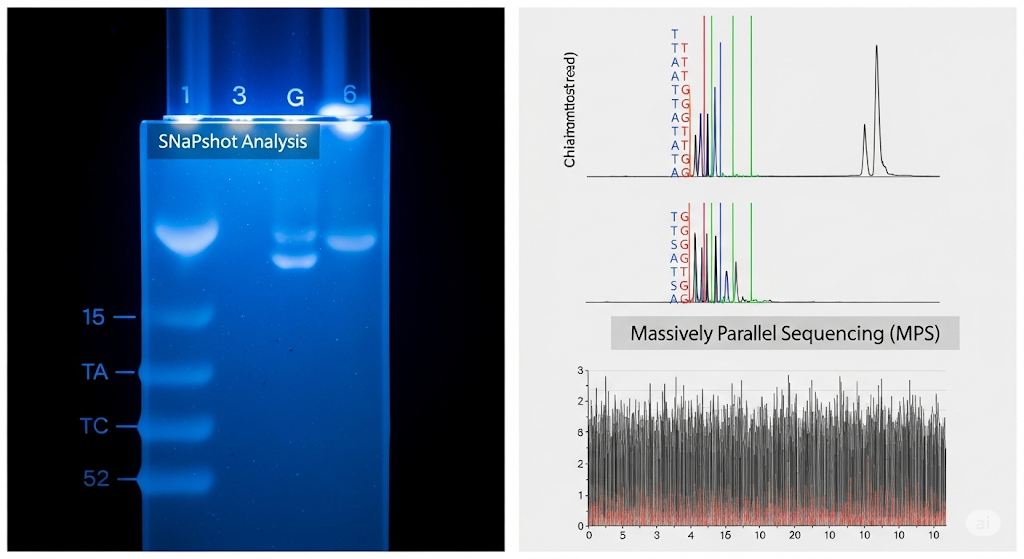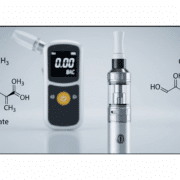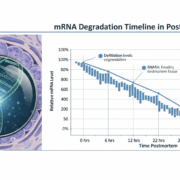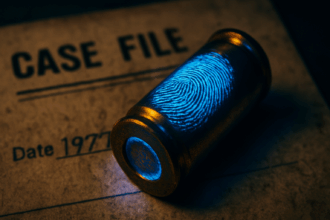In forensic investigations, identifying the origin of body fluids at a crime scene is crucial for reconstructing events and linking evidence
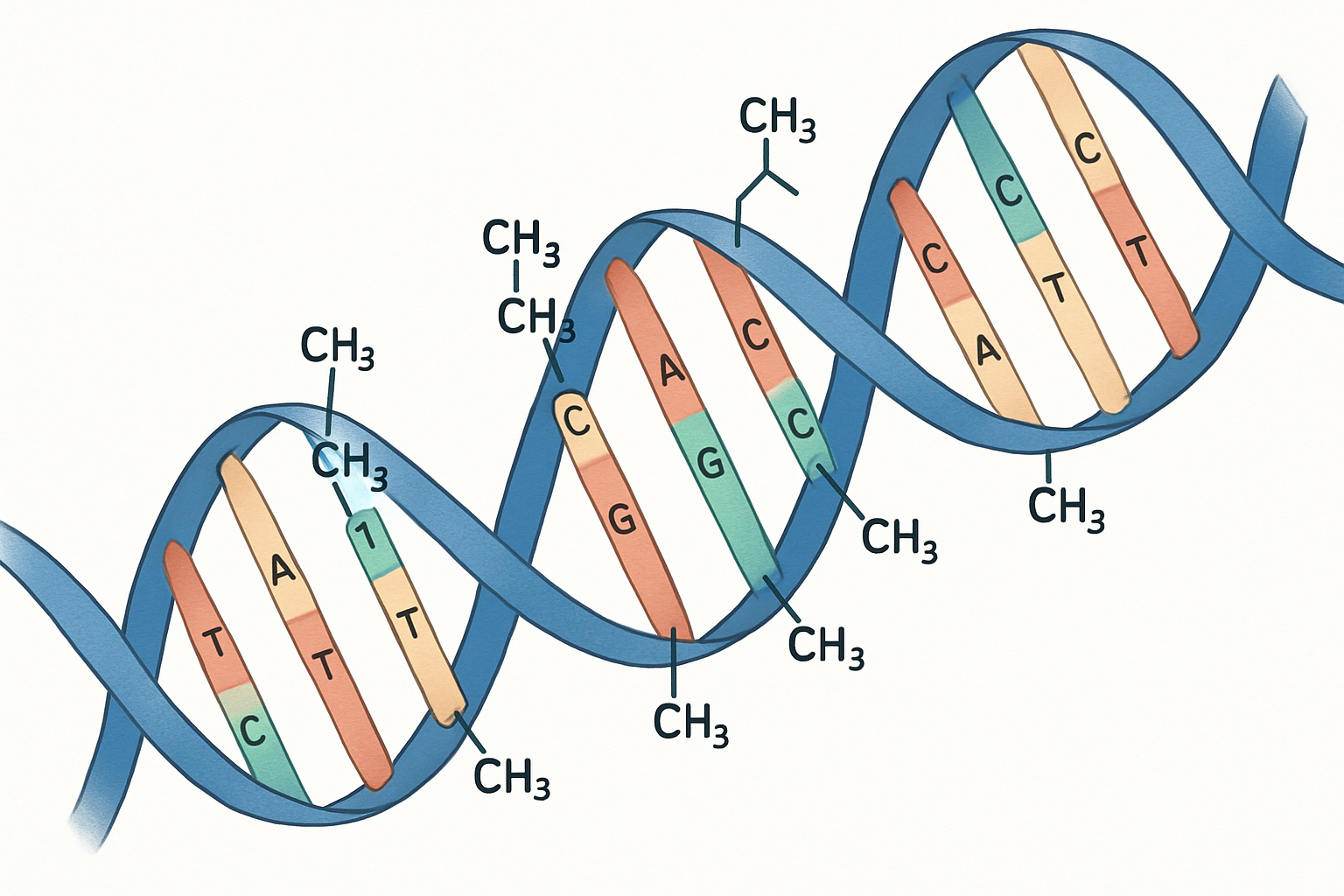
- DNA Methylation: The New Frontier in Body Fluid ID
- Comparing SNaPshot and MPS: The Research Study
- Methodology: A Direct Comparison of 9 CpG Markers
- Key Findings: Performance Across Different Body Fluids
- Expert Commentary: Choosing the Right Tool for the Evidence
- Accuracy and Nuance in Interpretation
- The Power of Complementary Methods
- My Perspective: Advancing Body Fluid Identification
- Conclusion
DNA DNA, or Deoxyribonucleic Acid, is the genetic material found in cells, composed of a double helix structure. It serves as the genetic blueprint for all living organisms. Read Full Definition Methylation: The New Frontier in Body Fluid ID
DNA, or Deoxyribonucleic Acid, is the genetic material found in cells, composed of a double helix structure. It serves as the genetic blueprint for all living organisms. Read Full Definition Methylation: The New Frontier in Body Fluid ID
Body fluid identification is a cornerstone of forensic investigations, offering vital clues about what happened at a crime scene. Historically, techniques like chemical or immunological tests or RNA expression analysis have been used. However, these methods can have drawbacks, such as limited specificity, vulnerability to environmental degradation, or instability of the biomarkers themselves. In response, DNA methylation has gained significant attention. This epigenetic modification, where a methyl group is added to a DNA base (often cytosine within a CpG site), creates unique patterns specific to different tissues and body fluids. Because these methylation patterns are stable and part of the same DNA that yields STR profiles for individual identification, they provide a powerful new tool for forensic scientists.
Numerous research groups have identified body fluid-specific methylation markers, to develop multiplex assays that can detect multiple fluid types simultaneously. The SNaPshot assay has been a popular method for analyzing these markers due to its speed and cost-effectiveness for targeted analysis of a limited number of CpG sites. However, Massively Parallel Sequencing (MPS) has emerged as a high-throughput alternative, capable of analyzing a vast number of CpG sites across many samples simultaneously. This study directly compares the performance of both the SNaPshot and MPS methods using a specific panel of nine CpG markers.
Comparing SNaPshot and MPS: The Research Study
This research aimed to systematically compare the effectiveness of the SNaPshot and MPS methods for forensic body fluid identification using a well-established panel of nine CpG markers previously reported as specific for various body fluids.
Methodology: A Direct Comparison of 9 CpG Markers
The study analyzed a substantial set of 112 forensic samples, including blood, saliva, vaginal fluid, menstrual blood, and semen. For each sample, genomic DNA was extracted and then subjected to bisulfite conversion, a chemical treatment that distinguishes methylated from unmethylated cytosines. This bisulfite-converted DNA was then analyzed using both the SNaPshot multiplex assay and an MPS-based bisulfite sequencing approach.
Both methods used a detection threshold for positive methylation signals set at greater than 5%. For most body fluids, identification required positive signals at two target markers; for saliva, one target marker was sufficient. Due to the inherent complexity of menstrual blood, specific criteria were applied, often requiring multiple positive markers from a combination of blood, vaginal fluid, and menstrual blood markers. The researchers then calculated the sensitivityIn the context of laboratory equipment or analytical techniques, the term "sensitive" describes the capability of a machine or method to detect even very small amounts or concentrations of a substance. Sensitivity is a quantitative Read Full Definition, specificity, and accuracyIn scientific and measurement contexts, "accuracy" refers to the degree of proximity or closeness between a measured value and the true or actual value of the measured quantity. Accuracy indicates how well a measurement reflects Read Full Definition for each method across all body fluid types.
Key Findings: Performance Across Different Body Fluids
The study demonstrated that both SNaPshot and MPS methods are highly reliable for body fluid identification, with an impressive 92.0% overall concordance in correct sample identification.
Expert Commentary: Choosing the Right Tool for the Evidence
This comparative analysis is incredibly valuable for forensic geneticists tasked with body fluid identification. It underscores that while both SNaPshot and MPS are powerful tools, they each have distinct characteristics that make one potentially more suitable than the other depending on the specific type of body fluid or the overall context of the evidence.
Accuracy and Nuance in Interpretation
The high overall concordance (92.0%) between SNaPshot and MPS is reassuring, affirming the reliability of DNA methylation as a biomarker for body fluid identification. However, the nuanced differences in performance, particularly with vaginal fluid and menstrual blood, are critical. For instance, the SNaPshot’s tendency for non-specific signals in vaginal fluid, making it appear as a mixture, demands careful interpretation from the analystA designated person who examines and analyzes seized drugs or related materials, or directs such examinations to be done; independently has access to unsealed evidence in order to remove samples from the evidentiary material for Read Full Definition. It highlights the need for experienced forensic practitioners to avoid asserting complex mixtures based on a single technique’s output without corroborating evidence or further analysis. Conversely, MPS’s higher accuracy for vaginal fluid, yet lower sensitivity for saliva in mixtures, emphasizes the trade-offs involved.
The Power of Complementary Methods
One of the most compelling takeaways is the suggestion that complementary use of both SNaPshot and MPS might be the most advantageous approach in a busy forensic laboratory. For instance, if a sample is suspected to be menstrual blood, SNaPshot appears to offer a more robust initial assessment. If vaginal fluid is strongly suspected or if a broader, untargeted analysis is desired for other CpG sites or for future age prediction from DNA, MPS might be the preferred route. This flexible strategy allows laboratories to maximize the strengths of each technology while mitigating their individual limitations, ultimately leading to more confident and accurate forensic interpretations.
My Perspective: Advancing Body Fluid Identification
This study is a fantastic illustration of the ongoing innovation in forensic genetics. The move from traditional methods to DNA methylation markers is a significant leap forward in crime scene reconstruction. Whether it’s identifying the source of a trace body fluid or extracting genetic information from ancient bones, the underlying principle remains the same: thorough validationValidation, often referred to as method validation, is a crucial process in the laboratory when introducing a new machine, technology, or analytical technique. It involves a series of systematic steps and assessments to ensure that Read Full Definition of analytical methods and a nuanced understanding of their specific strengths and weaknesses are paramount. This continuous refinement of techniques ensures that forensic science
Conclusion
This research provides a critical comparative analysis of SNaPshot and Massively Parallel Sequencing (MPS) for DNA methylation-based body fluid identification. Both methods demonstrate high accuracy for semen, blood, and saliva, but show distinct performance characteristics for more complex fluids like vaginal fluid (where MPS excels in specificity) and menstrual blood (where SNaPshot performs better in sensitivity). These findings are invaluable for forensic practitioners, guiding them in selecting the most appropriate analytical approach based on the specific evidence, or even suggesting a complementary strategy for enhanced diagnostic accuracy. As forensic genetics continues to advance, this kind of rigorous comparison ensures that the tools available are as effective and reliable as possible for crime scene investigation.
Original Research Paper
Kim, B. M., Park, S. U., & Lee, H. Y. (2024). Comparative analysis of SNaPshot and massively parallel sequencing for body fluid–specific DNA methylation markers. ELECTROPHORESIS, 45(19-20), 1805–1819. https://doi.org/10.1002/elps.202400037



